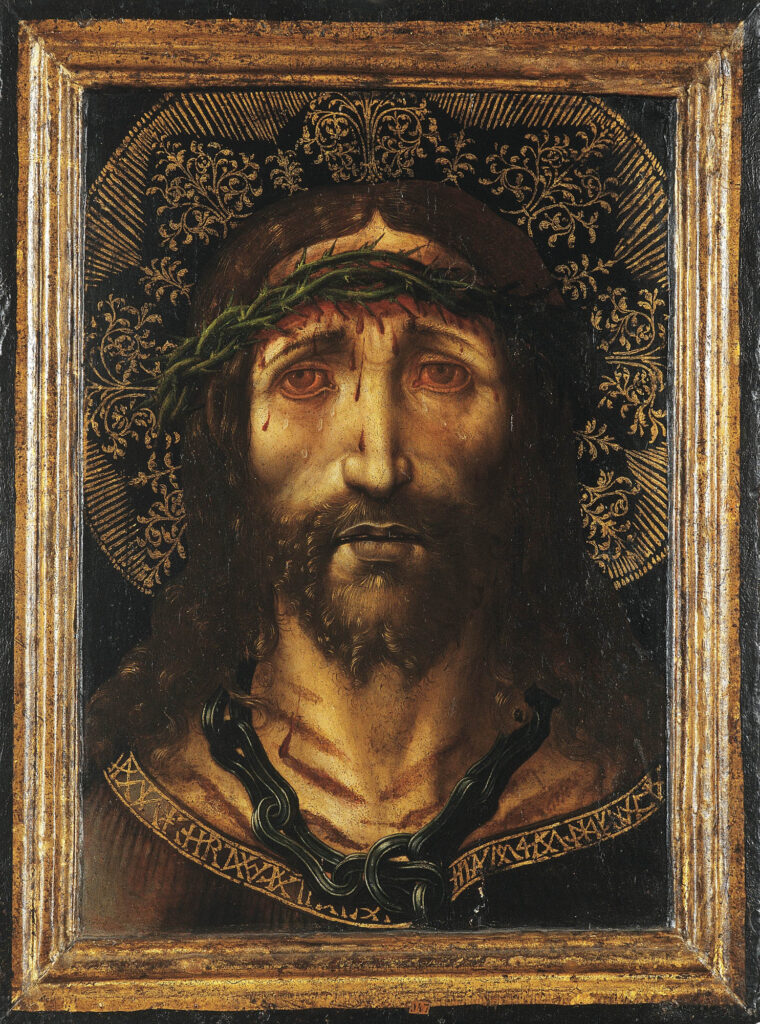

February 28
Lent 2
Jesus Foretells His Death and Resurrection
31 And he began to teach them that the Son of Man must suffer many things and be rejected by the elders and the chief priests and the scribes and be killed, and after three days rise again.32 And he said this plainly. And Peter took him aside and began to rebuke him. 33 But turning and seeing his disciples, he rebuked Peter and said, “Get behind me, Satan! For you are not setting your mind on the things of God, but on the things of man.”
34 And calling the crowd to him with his disciples, he said to them, “If anyone would come after me, let him deny himself and take up his cross and follow me. 35 For whoever would save his life[a] will lose it, but whoever loses his life for my sake and the gospel’s will save it. 36 For what does it profit a man to gain the whole world and forfeit his soul? 37 For what can a man give in return for his soul? 38 For whoever is ashamed of me and of my words in this adulterous and sinful generation, of him will the Son of Man also be ashamed when he comes in the glory of his Father with the holy angels.”
The gospel according to Mark
Mark 8:31-38
- When Jesus rebukes Peter, he tells Peter he is not setting his mind on the things of God but the things of humans. What things of humans is Peter focused on? What are the things of God he is missing? Why does Jesus rebuke him so strongly? Put yourself in the disciples’ place. How would you respond to Jesus telling you about the suffering He is about to embrace?
- Verses 34 to 38 are some of the starkest words in the Bible about what it means to follow Jesus. Reread them and then spend two minutes in silence before answering the following questions:
What does it mean to try to save your life, yet lose it?
Conversely, what does it mean to lose your life, yet save it? Can you think of examples of both, maybe a story of someone you know, a piece of art, literature or film, etc.?
Where in your own life do you feel drawn to save your life? What would it look like to answer Jesus’ call to lose your life in that area?
- Finish by blessing the Lord Jesus who found his life by losing it for us. Ask for the strength to honor him by living that same life for him.

visio divina
The Face of Christ or The Suffering Christ by Joan Gascó, Spain, circa 1515-20, tempera and oil on canvas, 47.5 x 35 cm (with frame).
Museu Episcopal de Vic, Vic, Spain
What are you most drawn to in this image?
How are your emotions stirred by it?
Ask the Lord to increase your holy desires.
Spanish painter Joan Gascó created this haunting cathedral painting of Jesus by bridging the late Gothic and early Renaissance styles in the 16th century. “The Suffering Christ” invites us to ponder both the realistic Renaissance style and the emotional Gothic style that merge here. All the expressive force is concentrated on Jesus’ eyes, an unusual intensity for this period in Spain.
As you gaze into Jesus’ eyes, what emotions arise? Notice the quiet strength and loneliness that emanate.
What do you observe about the color of his face, even his lips? Our Lord was called to “suffer many things and be rejected” by the world’s powers, even sentenced to death and humiliation (Mark 8:31).
Take a few moments to open your imagination to any of your memories of rejection, bullying, loneliness, or feelings of lifelessness. What was your life like when you experienced deep pain both physically and/or emotionally?
Have a little conversation with Jesus about whatever has arisen in your heart. He understands your pain.
Settling and Noticing (eyes open) – 2 minutes
- Take a few deep breaths. Settle into this present moment. Open your heart to God.
- Explore all of the details, colors, movements, and shapes in the image. Then focus more intently on a single aspect of the larger image.
Savoring and Pondering (eyes closed) – 1 minute
- Staying with the part of the image you are drawn to, close your eyes, and recreate or visualize that aspect of the image in your mind’s eye.
- While your eyes are still closed, notice any images, feelings, thoughts or memories from your life that might arise in association with this image
Conclusion (eyes opened or closed) – 2 minutes
- How does the image and your response to it meet you at this particular moment of your life?
- Have a little conversation with God about whatever has arisen in your heart during this exercise. You might find it helpful to write down what happened as you prayed with this image.
Musical Devotion
Worship
What Wondrous Love is this? (Fernando Ortega)
Classical
Cantata: "Ich Habe Genung," BWV 82 (Bach)
